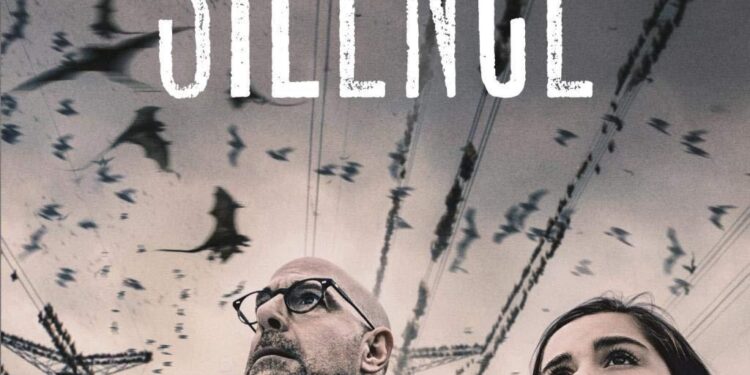In an era dominated by constant information and relentless noise, “When Silence Speaks Volumes,” featured recently in The New York Times, explores the profound impact of silence in modern communication. The article delves into how moments without words can convey complex emotions, foster reflection, and challenge audiences to listen more attentively. As society grapples with the barrage of digital chatter, this compelling piece sheds light on the subtle power of quietness, revealing that sometimes, what isn’t said speaks the loudest.
The Power of Unspoken Words in Modern Communication
In an era dominated by constant digital chatter, the subtle art of silence has become a formidable tool in communication. Often overshadowed by the rush to express thoughts and opinions, pauses and quiet moments convey emotions and truths that words sometimes fail to capture. Body language, eye contact, and even the absence of a response carry significant weight, influencing perceptions and building deeper connections without uttering a single syllable. This unspoken language, once relegated to the background, now commands attention as a powerful form of expression in both personal and professional interactions.
Recent studies reveal that up to 55% of communication is non-verbal, highlighting how silence operates alongside gestures and expressions to enhance meaning. Consider the following facets where unspoken elements make a marked difference:
- Tension and disagreement: Strategic pauses can defuse or escalate conflicts.
- Empathy and support: Silent presence often comforts more than spoken words.
- Brand messaging: Well-timed silence in marketing fosters curiosity and engagement.
| Context | Unspoken Cue | Impact |
|---|---|---|
| Business Meeting | Confident Silence | Signals authority and thoughtfulness |
| Social Interaction | Eye Contact Pause | Builds trust and connection |
| Digital Messaging | Delayed Reply | Creates anticipation or signals boundaries |
Decoding Silence as a Strategic Tool in Media Coverage
In an era saturated with constant updates and information overload, the absence of commentary can itself make a powerful statement. Media outlets increasingly harness silence to amplify ambiguity or underscore sensitivity around critical subjects, demonstrating that what remains unsaid often carries as much weight as the spoken word. This calculated gap allows audiences to speculate, question, and engage more deeply, transforming silence into a compelling narrative device. From deliberate withholding of statements during geopolitical negotiations to strategic pauses in investigative reports, silence shapes public perception without uttering a single word.
Key dimensions of strategic silence include:
- Suspense Creation: Building anticipation around unfolding events.
- Implying Consent or Dissent: When silence tacitly communicates agreement or opposition.
- Protecting Sources: Avoiding premature disclosure while maintaining credibility.
- Encouraging Reflection: Inviting audiences to interpret nuanced situations thoughtfully.
| Scenario | Silence Impact | Example |
|---|---|---|
| Political Crisis | Heightens public curiosity | Unconfirmed official stance |
| Corporate Scandal | Signals internal deliberations | Delay of CEO’s response |
| Legal Proceedings | Preserves legal strategy | Non-disclosure by attorneys |
Harnessing the Impact of Silence for Effective Storytelling
Silence is often overlooked in storytelling, yet it wields unparalleled power in shaping narratives that resonate. When words pause, audiences are invited to fill the void with their own emotions and interpretations, creating a dynamic space for deeper engagement. This subtle technique is employed across various mediums-from film to literature-to underscore tension, highlight conflict, or reveal a character’s unspoken turmoil. Rather than diluting a story, strategic silences can heighten its intensity, drawing listeners and readers into a more intimate, reflective experience.
In practice, harnessing silence involves:
- Pausing at pivotal moments to let significance sink in.
- Using nonverbal cues to substitute for dialogue, allowing meanings to emerge through body language or atmosphere.
- Contrasting silence with sound or speech to amplify emotional impact.
| Medium | Effect of Silence | Example |
|---|---|---|
| Film | Builds suspense | Conversation halts before a revelation |
| Literature | Expresses internal conflict | Descriptive pause in dialogue |
| Theatre | Creates atmosphere | Extended silence on stage |
Insights and Conclusions
As “When Silence Speaks Volumes” highlights, the power of silence transcends mere absence of sound-serving instead as a potent communicator in itself. The New York Times’ exploration invites readers to reconsider the spaces between words, where meaning often lingers the longest. In a world saturated with constant noise, understanding silence may be key to unlocking deeper narratives both on and off the page.






























